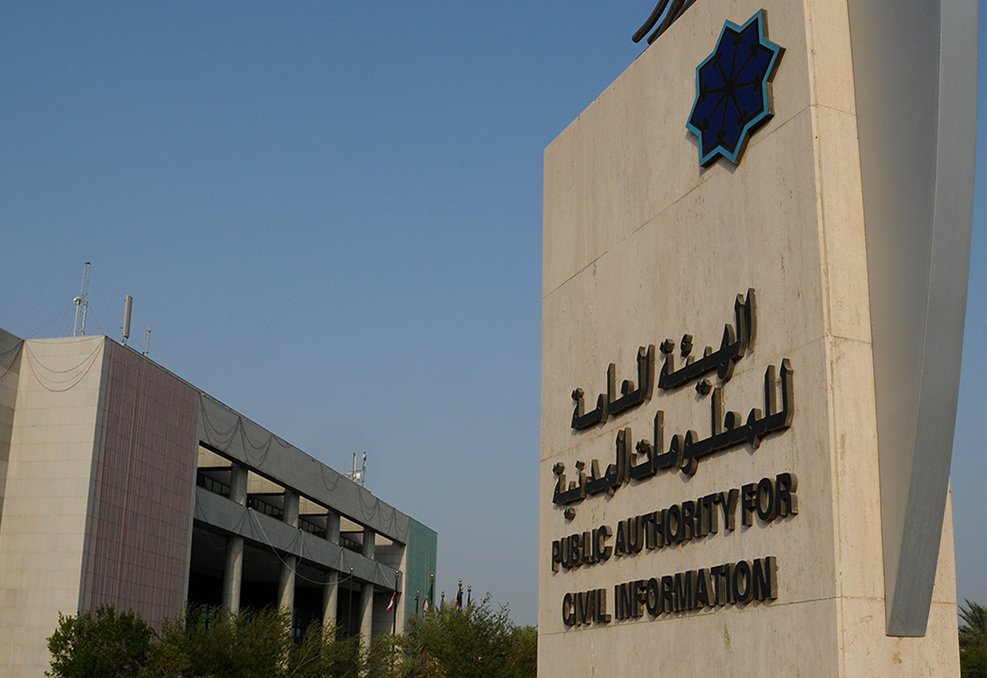KUWAIT: In accordance with the latest issue of the Public Authority of Civil Information's Guide for Buildings and Units, total number of buildings in Kuwait at the end of June 2022 reached 213,000 buildings versus 209,700 buildings at the end of June 2021, achieving a growth rate of 1.6 percent during 12 months, which is higher than the growth rate of 1.2 percent at the end of June 2021 versus June 2020.
Buildings are divided into different units, reaching 764,100 units by the end of June 2022 compared to 752,400 units at the end of June 2021, reflecting a 1.6 percent rise. The compound growth rate for total units during the period from the end of 2011 to June 2022 scored 2.2 percent, while the compound growth rate in the number of buildings for the same period came lower at 1.4 percent. This confirms a continued trend in reducing units' areas within each building, indicating that the change in the demand pattern continued in the same manner.
Most buildings in Kuwait are used for residence and form about 68.4 percent of the total number of buildings, followed by units assigned for both housing and work, and finally those which are assigned for work only. Vacant buildings dropped during the same period as per PACI figures and reached 9.4 percent, approximately 20,000 buildings out of a total of 213,000 buildings versus 21,400 vacant buildings out of a total of 209,700 buildings at the end of June 2021 - 10.2 percent out of total building.
Meanwhile, according to a KPMG report, in order to make the property market more commercially viable, Kuwait needs to work on making its existent rental units saleable and have a proper feasibility study in place where units are prioritized for sale based on market needs and within the country's legislative framework. However, the report adds that, the actual situation of the property market in the country might indicate, that market changes may not always go in tandem with the dynamics of the regulatory system in place.
It is also a point to be noted that often a city's infrastructure planning may be a complex network of residential and commercial units, often planned in the form of mega units with heavy investments. Even then, market fluctuations and other external factors may play the final role in making a unit's sale successful in the market.
Meanwhile, according to PACI data, apartments form the majority of units and represent 46.1 percent of the total number of available units, followed by houses by 21.7 percent and shops by 19.7 percent. Apartments and houses sector maintained its regular increase in its share between the end of 2011 until June 2022, contrary to the percentage of house-extensions which dropped. Compound annual growth rate (2011- June 2022) for shops, apartments and houses reached 3.1 percent, 2.4 percent and 1.4 percent respectively; it however decreased for house-extensions by -3.2percent. The percentage of vacant units in June 2022, according to PACI estimates, decreased to 23.9 percent compared to 25.6 percent at the end of June 2021.











